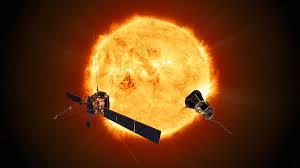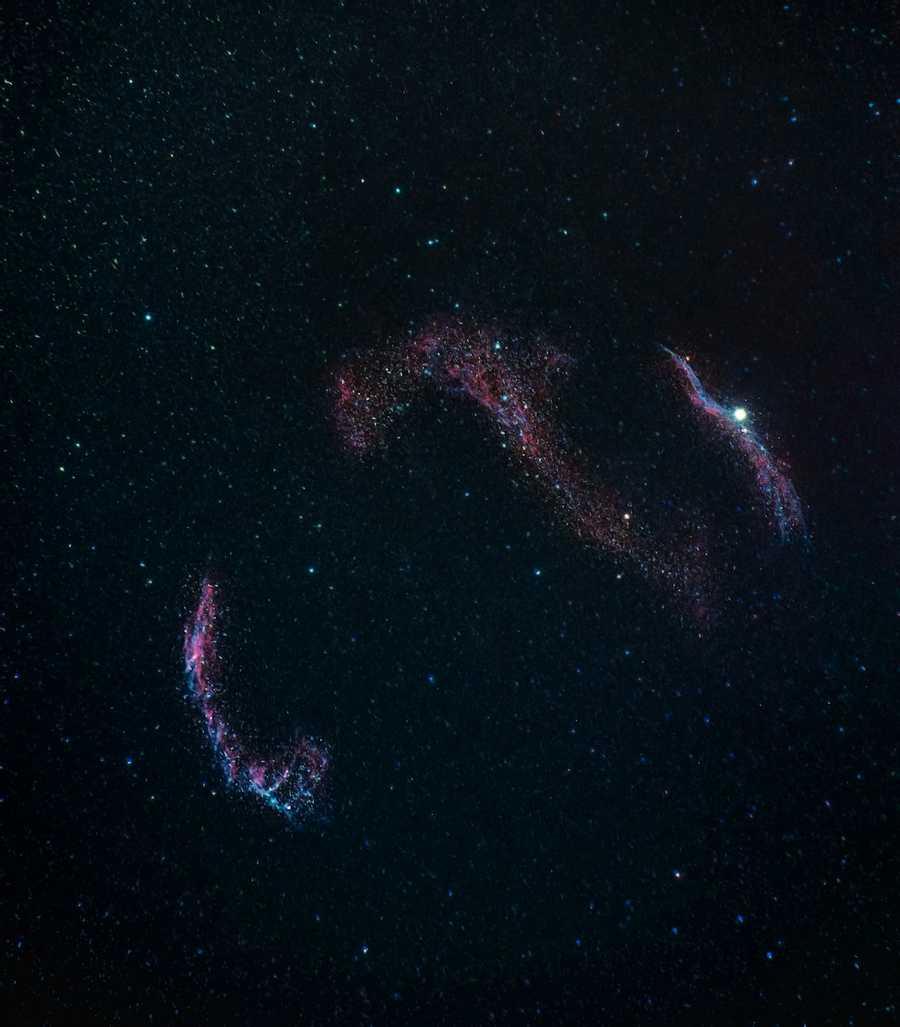What is the Biggest Star in the Universe?
UY Scuti, the largest star in the universe, has a radius that is 1,700 times larger than our sun's. Such a star is also able to undergo Nuclear Fusion of much denser and heavier objects. In other words, it is able to produce a LOT more energy than our sun.
In addition to that, UY Scuti is also 340,000 times more luminous than our sun. It is still incredibly easy to see despite being many thousands of light years away.
Fun fact, UY Scuti also has a circumference of 4.7 billion miles. To put that in perspective, the sun's circumference is 2.7 million miles.
That is one very big star.
5
26 reads
CURATED FROM
IDEAS CURATED BY
The idea is part of this collection:
Learn more about scienceandnature with this collection
How to make sustainable choices in everyday life
Identifying ways to reduce waste and conserve resources
Understanding the impact of human actions on the environment
Related collections
Similar ideas to What is the Biggest Star in the Universe?
What is the Largest Star in our Universe?
UY Scuti is the largest star in the observable Universe with a mass coming in at around 1,700 times larger than the mass of the sun.
UY Scuti is a specific type of star known as a hypergiant which are usually short lived and extremely rare because of the fact that they lose a large portion...
Getting closer to the sun
Until now, NASA's Helios 2 was the vessel that has got the closest to the sun: in 1976, it came within 27 million miles of the surface of the sun.
This is about to change, as NASA is planning on making its brand new Parker Solar Probe have a path that will take it 3.83 million miles away f...
What are Supernova?
Supernova are stellar explosions that take place when a star reaches its final stages of life. Research shows that they occur once every 3 centuries however the remnants of these explosions take a long time to reach us.
Supernova can also take place if a star develops and iron core that is...
Read & Learn
20x Faster
without
deepstash
with
deepstash
with
deepstash
Personalized microlearning
—
100+ Learning Journeys
—
Access to 200,000+ ideas
—
Access to the mobile app
—
Unlimited idea saving
—
—
Unlimited history
—
—
Unlimited listening to ideas
—
—
Downloading & offline access
—
—
Supercharge your mind with one idea per day
Enter your email and spend 1 minute every day to learn something new.
I agree to receive email updates



